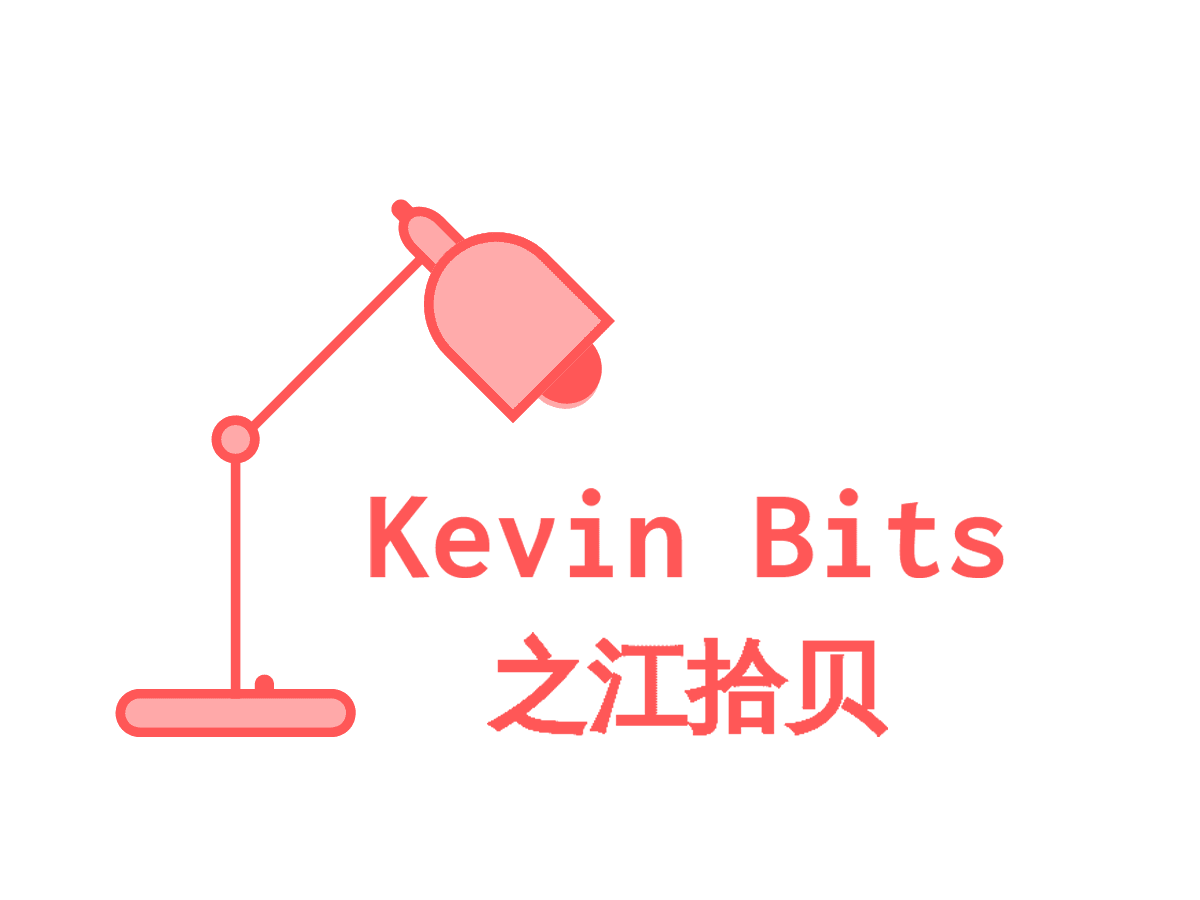Inflation in January was 7.5% annually, and core inflation was 6.0%. The two biggest contributors are used vehicles and gasoline which were about 40% higher in one year. Stock markets reacted violently to the narratives and guessing games of when and how fast the Fed will hike interest rates.
I think the Fed is about to normalize its policies since they are no longer needed as the pandemic wanes, the economies have recovered and many people are willing to choose living a normal life. The rate hikes in the coming months and possible next year are policy normalization, not primarily to fight inflation. It would take up to eighteen months for the changes in monetary policy to transmit to real economies and therefore to affect inflation dynamics.
The ECB chair Lagarde was very clear about the limit of monetary polices in a recent interview. “Just over 50 per cent of it (inflation) can be attributed to the surge in energy prices. Oil, gas and electricity have become more expensive. And as we import a lot of energy, these prices are, to some extent, beyond the sphere of influence of our economy. The second main factor driving up prices is supply bottlenecks: shortages of microchips, container jams, disrupted supply chains. Let me ask you: what can the ECB do about that? Can we resolve supply bottlenecks? Can we transport containers, lower oil prices or pacify geostrategic conflicts?”
Effective inflation mitigations and measures are actually in the hands of government. These are examples that have very short responding time and their effects can be immediate if adopted. It is important to realize that though price stability is a mandate of many central banks, but central banks are not the only mechanism to control inflation, government, businesses and citizens can all make impacts that are often more quick than monetary policies.
- Reduce international trade conflicts to promote imports such as vehicles and computer chips.
- Avoid geopolitical tensions to stabilize oil and energy market in general.
- Slow down a bit on green and other climate change measures
- Educate citizens to save food and waste less, so buy less. During the pandemic, spendings that would otherwise be on services were shifted to consumptions of goods. Government could educate people not doing that as much.
- Open economies sooner and faster. The supply-demand mismatches this time are not because we are demanding too much overall, are actually because we are producing too little. So tightening monetary policies will not solve inflation problem unless we choose to live less fortunately.
I think the Fed and the Bank of Canada will normalize their policies in a measurable way, focusing on economy growth and sustainability post pandemic, and price stability at longer-term. In the context of elevated inflation, the two central banks should explain to and educate people in a similar way like Lagarde did in a recent interview (see https://www.ecb.europa.eu/press/inter/date/2022/html/ecb.in220211~237298e6fa.en.html).
